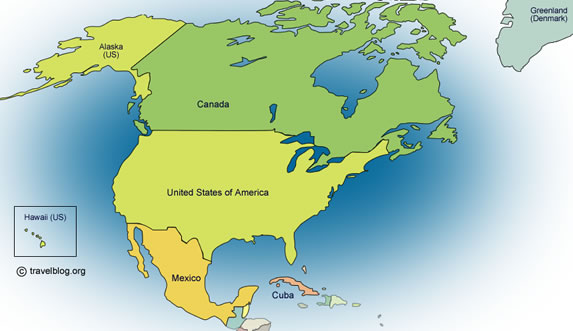
"When conquistadores arrived in the Aztec capital Tenochtitlan (now Mexico City), they found that the people's diet consisted largely of corn-based dishes with chilies and herbs, usually complemented with beans and tomatoes. The conquistadores eventually combined their imported diet of rice, beef, pork, chicken, wine, garlic and onions with the native indigenous foods of pre-Columbian Mexico, including chocolate, maize, tomato, vanilla, avocado, guava, papaya, pineapple, jicama, chile pepper, beans, squash, sweet potato, peanut, fish and turkey."
"Corn is its traditional staple grain, but today, rice is equally important. According to food writer Karen Hursh Graber, the initial introduction of rice to Spain from North Africa in the 4th Century led to the Spanish introduction of rice into Mexico at the port of Veracruz in the 1520s. This, Graber says, created one of the earliest instances of the world's greatest fusion cuisines."
"Most of today's Mexican food is based on ancient traditions, such as the Aztecs and Maya, combined with culinary trends introduced by Spanish colonists. Quesadillas, for example, are a flour or corn tortilla with cheese (often a Mexican-style soft farmer's cheese such as Queso Fresco or Queso Oaxaca ). Mexicans sometimes, but not always, add beef, chicken, pork, and so on to quesadillas. The indigenous part of this and many other traditional foods is the chili pepper. Foods like these tend to be very colorful because of the rich variety of vegetables (among them are the chili peppers, green peppers, chilies, broccoli, cauliflower, and radishes) and meats in Mexican food. The French occupation of Mexico influenced Mexican cuisine with baked goods such as pan dulce (sweet breads) and the bolillo (pronounced IPA: /bəˈliːˌjo/), a Mexican take on the French roll. There is also a minor Asian influence due to the Manila-Acapulco galleon trade, which lasted from 1565 to 1815."
"In Pueblitos or villages, there are also more exotic dishes, cooked in the Aztec or Mayan style, with ingredients ranging from iguana to rattlesnake, deer, spider monkey, grasshoppers, ant eggs, and other kinds of insects. This is usually known as comida prehispánicac (or prehispanic food)."
The United States
The cuisine of the United States is a style of food preparation derived from the United States. The cuisine has a history dating back before the colonial period when the Native Americans had a rich and diverse cooking style for an equally diverse amount of ingredients. With European colonization, the style of cookery changed vastly, with numerous ingredients introduced from Europe, as well as cooking styles and modern cookbooks. The style of cookery continued to expand into the 19th and 20th centuries with the influx of immigrants from various nations across the world. This influx has created a rich diversity and a unique regional character throughout the country. In addition to cookery, cheese and wine play an important role in the cuisine. The wine industry is regulated by American Viticultural Areas (AVA) (regulated appellation), similar to those laws found in countries such as France and Italy.
~Home~